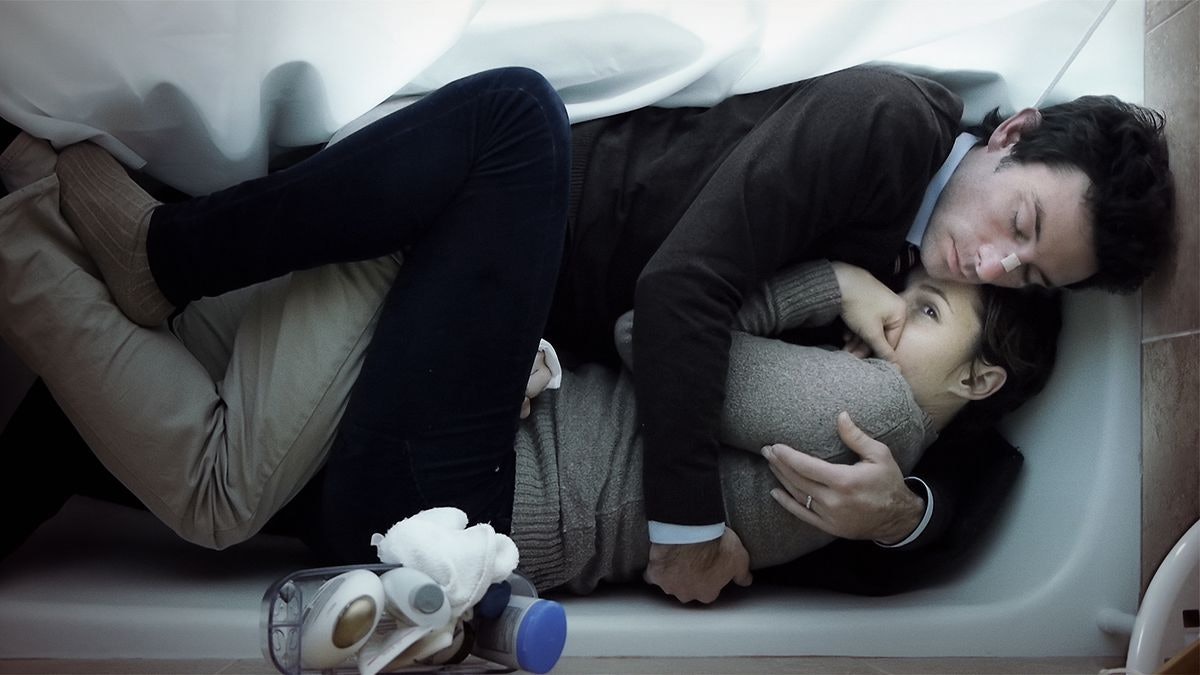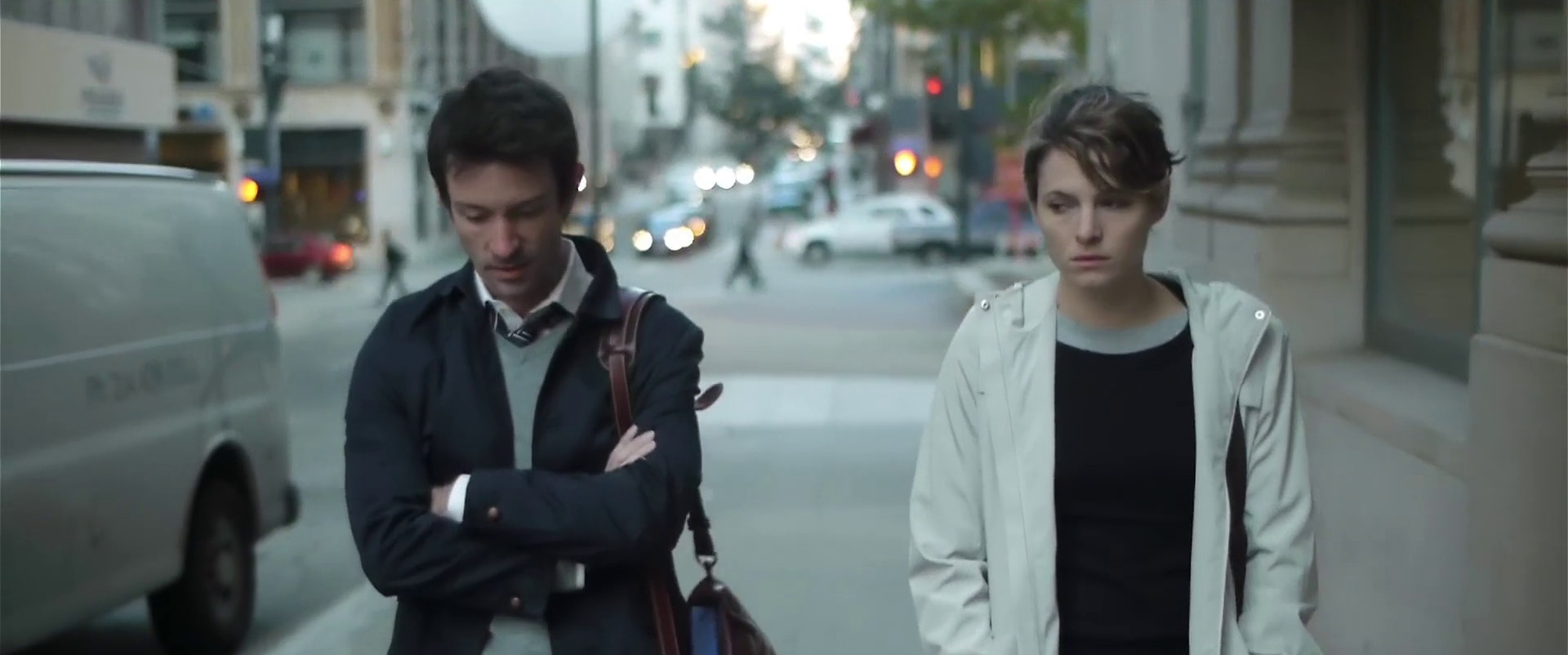
Shane Carruth’s elliptical 2013 masterpiece, Upstream Color, is one of modern genre cinema’s great whatsits, a film that refuses to explain itself or even pause long enough for viewers to catch their breath and puzzle out its pieces. Repeat screenings don’t simply maximize your enjoyment of a heady brainteaser buttressed by countless aesthetic pleasures, but are required to make sense of what happens to its leads, as surely as they try to figure out the same.
The baseline plot is clear: an unscrupulous Thief (Thiago Martins) steals a breed of psychoactive larva from a garden store and uses them to roofie hapless strangers. He’s able to sweet talk his marks into transferring their assets to him while under the larva’s effects; later, another man, the Sampler (Andrew Sensenig), lures the marks to his farm and transfers the larvae, now grown into nauseatingly large worms, from person to pig.
Upstream Color is comprehensible, but comprehension doesn’t offset its elusiveness. The film’s ambiguities lend it a certain malleability, and its meaning has changed over the years. There’s a permanent “return to nature” throughline here, a baked-in observation about the peace and succor people can find in fields, streams, and trees that urban living denies them; there’s also the meaning viewers derive depending on the decade. From 2013 to 2019, Upstream Color may have reflected the decade as an economic catastrophe. After MeToo, the film may instead echo the cycles of victimization that took on a centralized role in pop culture.
Granted, the MeToo movement is predated by the stories that fuel it. In fact, Upstream Color’s climax, where a dozen or so new characters are namelessly introduced as a collective gathered under the same umbrella, could be boiled down to “Me too.” The Thief’s first target is Kris (Amy Seimetz), who he tasers on a night out before forcing her to choke down one of his larvae, leaving her penniless and oblivious. Kris knows something happened. The blood stains on her sheets and the wounds on her body are proof, not to mention her newfound destitution. But she doesn’t call the police, because she has no idea what to tell them. And would they even listen if she did?
The second target is Jeff (director Shane Carruth), though he was robbed well before Upstream Color’s events. Jeff and Kris meet, then go from strangers to lovers to avengers as they put together what the Thief did to them. It’s a painful journey. A figurative tornado tore through their jobs and relationships, and they know it — but no one else does, or is likely to believe them. When Kris confronts the bank managers, they show her surveillance footage of her walking in and signing away her funds. She has no recourse. The camera doesn’t lie, but it doesn’t tell the whole truth.

The same can be said about Carruth. You can get away with neglecting his sins when bringing up much of his work as a filmmaker: Breakthrough, The Girlfriend Experience, and especially his mindbending 2004 independent breakthrough, the time travel thriller Primer. But talking about Upstream Color without mentioning the restraining order filed against him in 2020 by co-star and former fiancée Amy Seimetz is impossible. Today, the temptation to consider the movie a confession is strong; lying and manipulation are essential tools in the Thief’s belt, and according to an ex-girlfriend he assaulted, they’re Carruth’s tools too.
Like the Thief, Carruth is smart. Upstream Color isn’t a manifesto of guilt; at best, it’s an accidentally revealing work, one where Carruth’s demons found their way into the narrative by subconscious projection. What we know about him now impresses itself on the movie as a matter of course, the same way the longstanding sexual assault allegations against Woody Allen impact our takeaways from his productions. That makes Upstream Color an understandably hard sell, but it’s the most sobering kind of irony that the film opens up when contextualized in the reporting on Carruth and his abuses.
Upstream Color’s most salient argument, that survivors need other survivors for support, is made in its ending. Jeff and Kris know what the Thief did to the other, but the degree of comfort this provides is dwarfed by the catharsis of summoning the other people whose lives the Thief destroyed. Together, they seize the Sampler’s farm. They touch up the corrals, put a fresh coat of paint on the gates, and tend to the pigs. The Thief’s larva supply runs dry; his revenue stream is broken. It’s a small justice, but it’s better than none.
In another decade, we’ll find new ways to interpret Upstream Color. But the ten years that have passed since the film premiered have given us the greatest, and grimmest, clarity yet.







